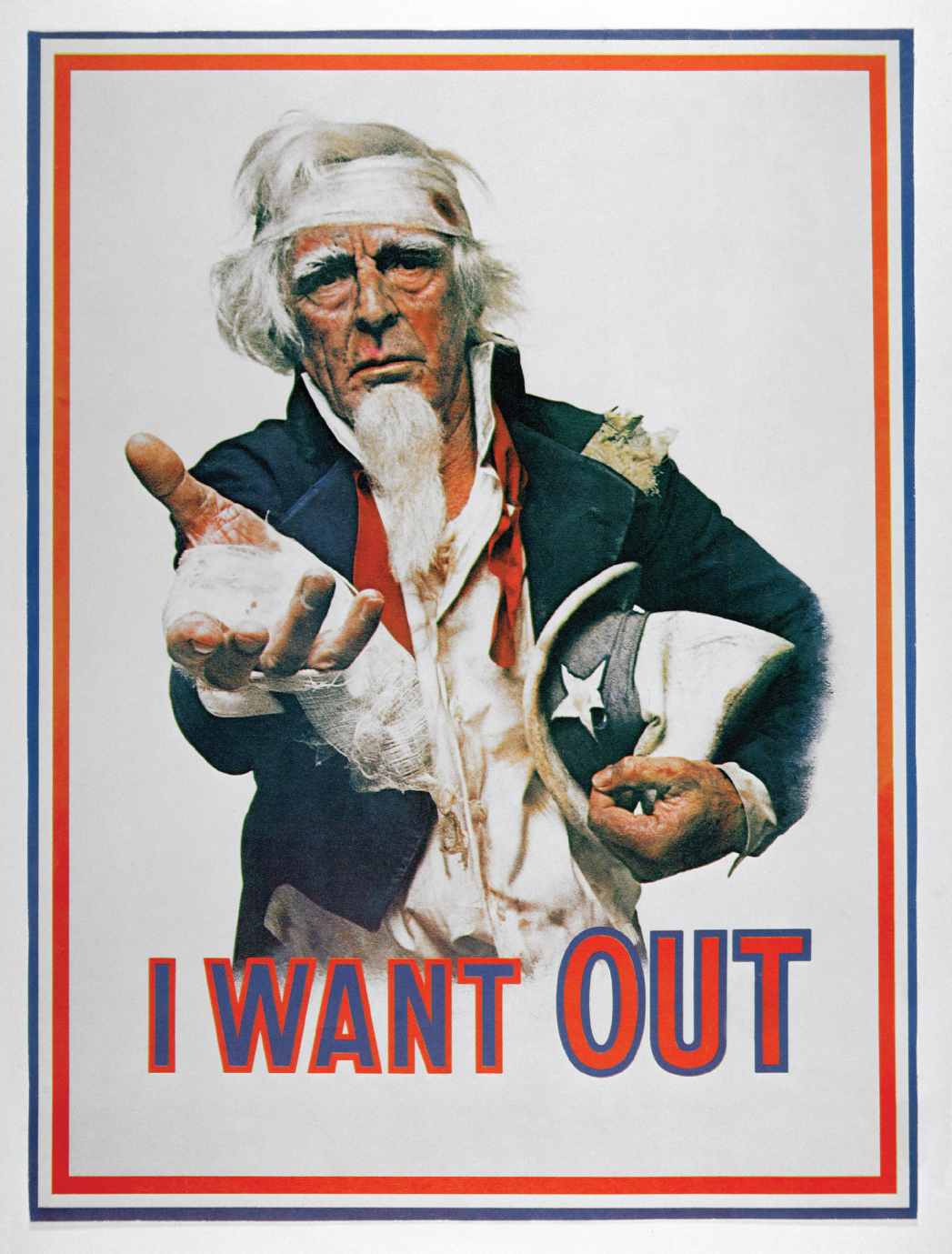America’s History: Printed Page 902
America: A Concise History: Printed Page 819
America’s History: Value Edition: Printed Page 798
Uncivil Wars: Liberal Crisis and Conservative Rebirth
1961–1972
28
CHAPTER
IDENTIFY THE BIG IDEA
What were liberalism’s social and political achievements in the 1960s, and how did debates over liberal values contribute to conflict at home and reflect tension abroad?
The civil rights movement stirred American liberals and pushed them to initiate bold new government policies to advance racial equality. That progressive spirit inspired an even broader reform agenda that came to include women’s rights, new social programs for the poor and the aged, job training, environmental laws, and other educational and social benefits for the middle class. All told, Congress passed more liberal legislation between 1964 and 1972 than in any period since the 1930s. The great bulk of it came during the 1965–1966 legislative session, one of the most active in American history. Liberalism was at high tide.

It did not stay there long. Liberals quickly came under assault from two directions. First, young activists became frustrated with slow progress on civil rights and rebelled against the Vietnam War. At the 1968 Democratic National Convention in Chicago, police teargassed and clubbed antiwar demonstrators, who chanted (as the TV cameras rolled), “The whole world is watching!” Some of them had been among the young idealists inspired by Kennedy’s inaugural address and the civil rights movement. Now they rejected everything that Cold War liberalism stood for. Inside the convention hall, the proceedings were chaotic, the atmosphere poisonous, the delegates bitterly divided over Vietnam.
A second assault on liberalism came from conservatives, who found their footing after being marginalized during the 1950s. Conservatives opposed the dramatic expansion of the federal government under President Lyndon B. Johnson and disdained the “permissive society” they believed liberalism had unleashed. Advocating law and order, belittling welfare, and resisting key civil rights reforms, conservatives leaped back to political life in the late sixties. Their champion was Barry Goldwater, a Republican senator from Arizona, who warned that “a government big enough to give you everything you want is also big enough to take away everything you have.”
The clashing of left, right, and center made the decade between the inauguration of President John F. Kennedy in 1961 and the 1972 landslide reelection of Richard Nixon one of the most contentious, complicated, and explosive eras in American history. There were thousands of marches and demonstrations; massive new federal programs aimed at achieving civil rights, ending poverty, and extending the welfare state; and new voices among women, African Americans, and Latinos demanding to be heard. With heated, vitriolic rhetoric on all sides, these developments overlapped with political assassinations and violence both overseas and at home. In this chapter, we undertake to explain how the rekindling of liberal reform under the twin auspices of the civil rights movement and the leadership of President Johnson gave way to a profound liberal crisis and the resurgence of conservatism.